One of the most exquisite, classy, and expensive textiles available today is silk. It has been utilised for millennia to make some of the most recognisable apparel items. The intricate process of creating silk material entails numerous processes. This article will examine the manufacturing process for garments made of silk.
Step 1: Raising Silkworms
The silkworm's cocoons are used to make silk. The purpose of raising these worms is to produce silk. To ensure that the silk produced is of the highest calibre, they are fed only mulberry leaves. Till the time comes for them to spin their cocoons, the silkworms are housed in a warm, dry, and dark environment.
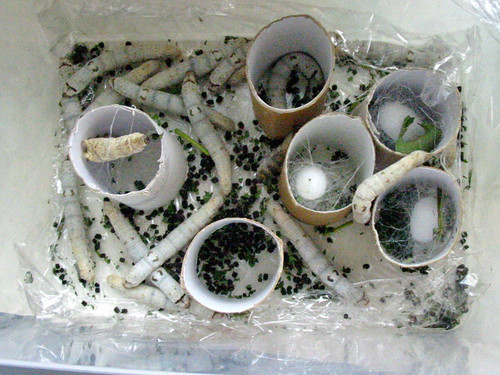
Step 2: Harvesting cocoons
The silkworms are gathered by carefully extracting their cocoons from the wooden frames or branches where they have been hanging after they have spun them. After that, the cocoons are boiled to kill the silkworms within and liberate the silk strands.
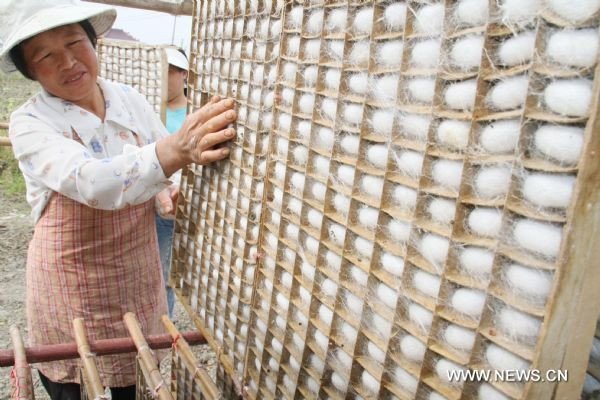
Step 3: Unraveling the silk
Next, each cocoon's silk strands are meticulously untangled using a tool known as a silk reel. After that, the strands are wound onto spools to form silk skeins.
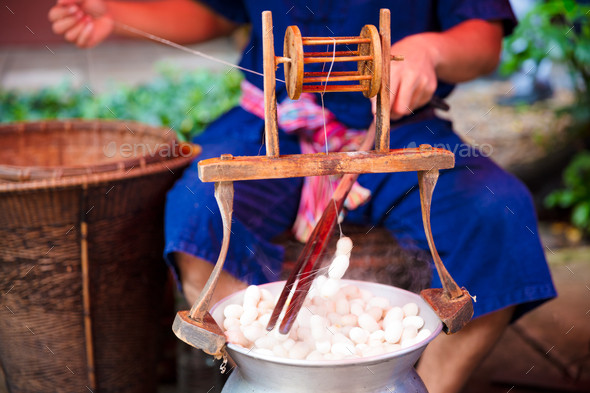
Step 4: Cleaning and twisting the silk
After that, the silk is washed and twisted to eliminate any last bits of impurities and to align the fibres. The silk is cleaned in a solution to eliminate the gum that naturally keeps the fibres together, a procedure known as degumming. Raw silk is created when the silk is twisted into long strands following degumming.
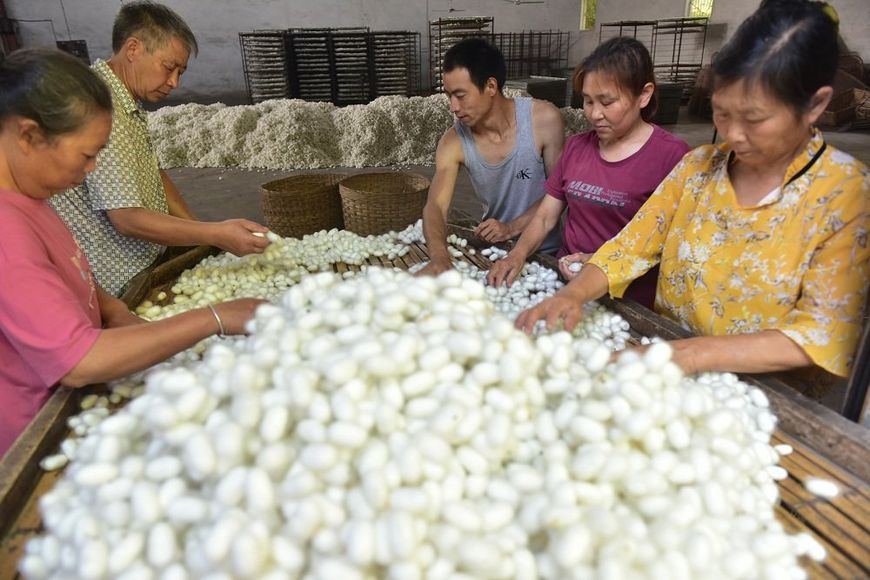
Step 5: Dyeing the silk
Next, the raw silk is coloured with a range of artificial or natural colours. Usually, to do this, the silk is dipped into a dye solution and allowed to soak for a while. The colour will become more vibrant the longer the silk is left in the dye bath.

Step 6: Weaving the silk
It is then prepared to weave the dyed silk into cloth. To generate the required fabric, the threads are interlaced in a specified pattern during the weaving process. Numerous textures and finishes can be achieved by weaving different kinds of silk in different ways.
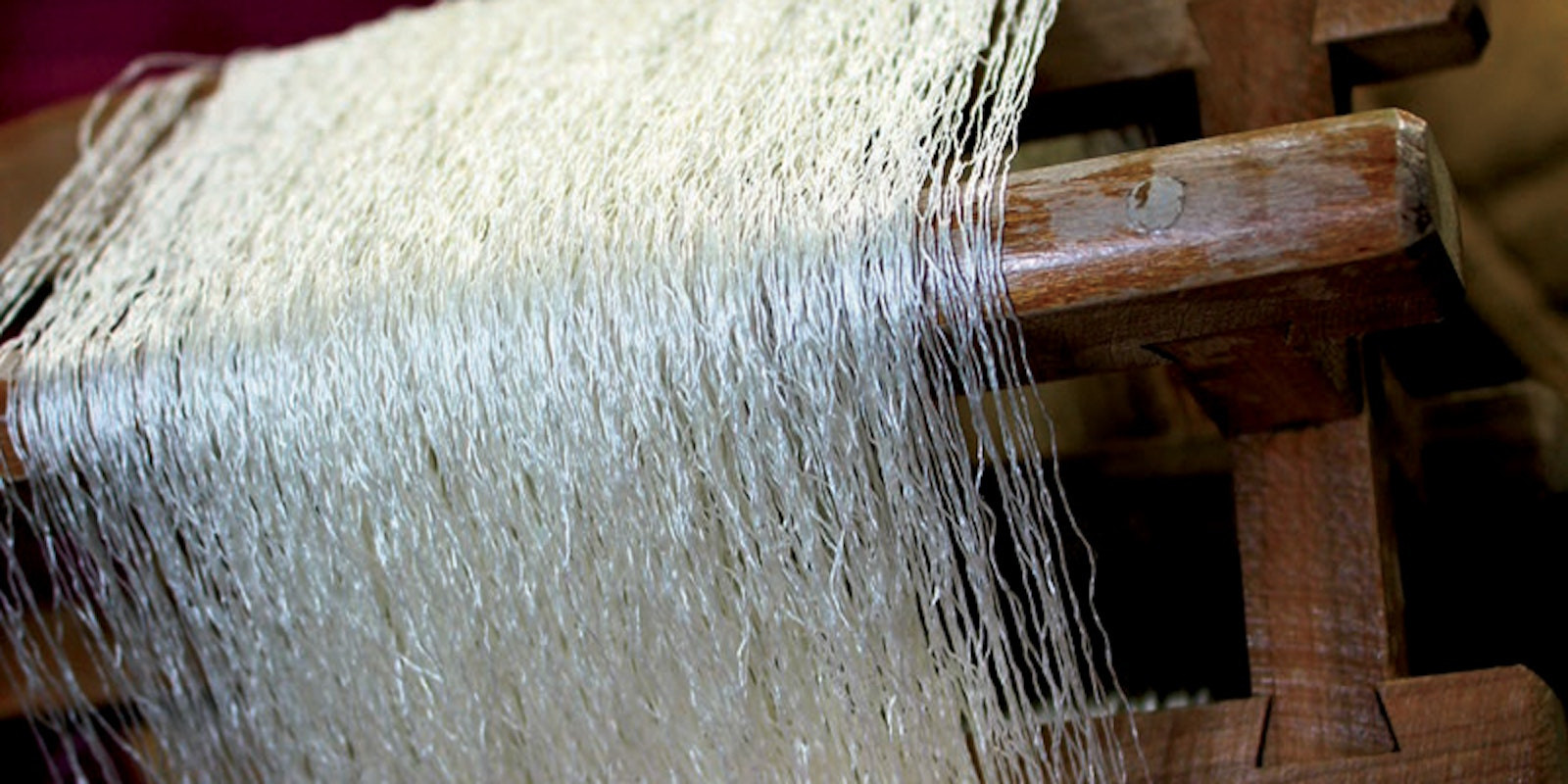
Step 7: Finishing the silk
After that, a final treatment is applied to the produced silk cloth to enhance its durability and appearance. This could involve techniques like pressing, steaming, or applying additional finishes like flame retardants or waterproofing to the silk
In conclusion, silk material clothing is a beautiful and luxurious product that requires a great deal of care and expertise to produce. From raising silkworms to weaving and finishing the fabric, each step in the process is essential to creating a high-quality final product. The result is a garment that feels as soft as a cloud and looks breathtakingly beautiful



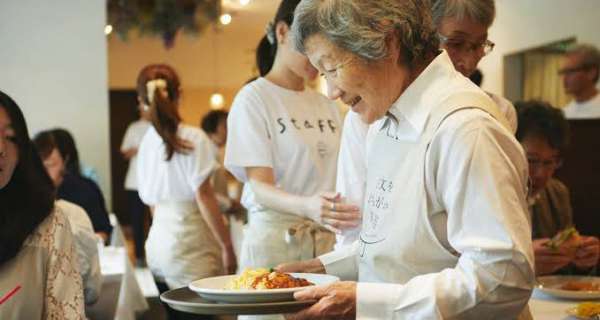
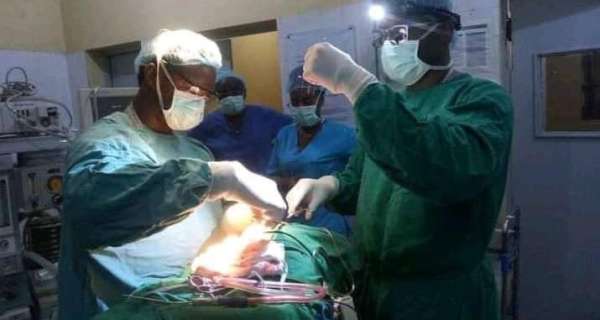
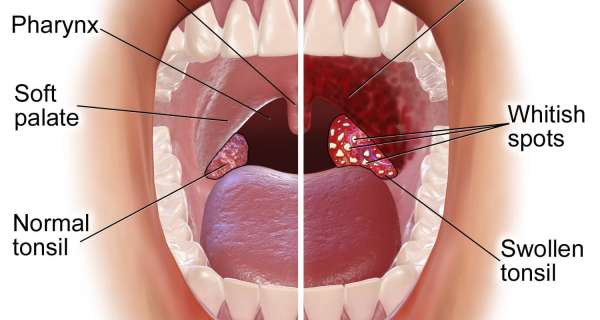

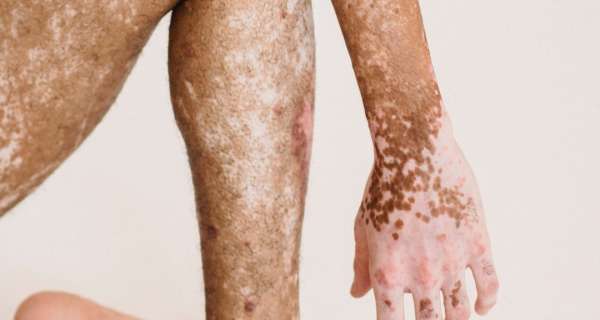
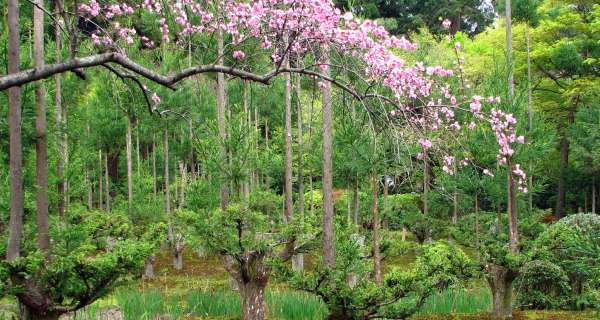



0 Comments